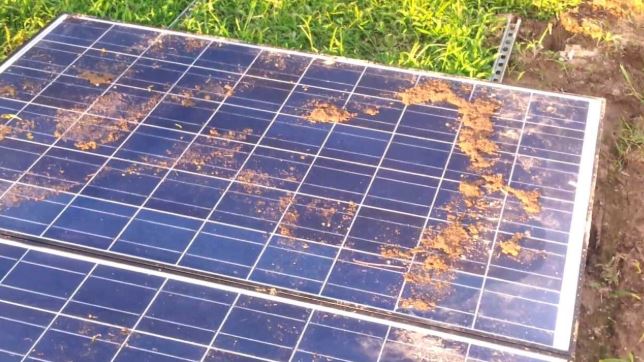Cancellations in 2018 continue to cast a shadow over 2019 Solar and Wind Projections
With total cancellations of close to 8500 MW, which would have drawn in investments of close to $ Six billion, India's regulators at both central and state level continue to fend off criticism for the way they are running the show
 Hurt, not broken, yet
Hurt, not broken, yet
For the renewable sector in India, 2018 was the year which began with so much promise, and ended with a whimper. This was the year where the industry saw the irony of open auctions with price ceilings, auctions where winning bids could still be cancelled for being too high, and finally, in an industry driven by imports, major currency volatility. Topping it all off was the effort of the government to support domestic industry with the much heralded safeguard duty on module imports from select markets, a move, that by almost all accounts, has failed to make an impact. On the intended beneficiaries, that is. It did its bit to slow down the market further, of course.
The challenge for the industry is that India’s state regulators face contradictory objectives. Thus, on the one had, there is the desire to push prices as low as possible to reduce strain on a struggling power sector, on the other is the thirst to see Indian manufacturing take a rightful share of domestic installations.
But like a classic outsider, the authorities have struggled to figure out that it takes more than just a temporary two year duty in phases to shift investment required in manufacturing. We believe we might yet see the country push for more long term anti-dumping duties, which require much more ground preparation.
A justification given for some of the cancellations has been the fact that subsequent prices actually came down. Without accepting the fact that subsequent bids were made in a relatively more stable currency environment, or that some of the developers at least could strike better deals from Chinese suppliers after China itself took an axe to solar subsidies on May 31, 2018.
Solar power, by its very nature sets itself up for these sort of issues. With a 25 year lifespan on most tenders and projects, any cost saving or enhancement, when extrapolated to the 25 year life cycle, can be made to look impressive. Something the MNRE itself has duly done. Giving the example of the cancelled 24oo MW auction, where 1200 MW was put out for rebid subsequently, MNRE Secretary Anand Kumar claims that according to calculations by the ministry, the weighted mean average of the tariffs in the cancelled 2400 MW auction had been Rs 2.70 per unit, while in the fresh one it was Rs 2.58 per unit – a saving of Rs 55.2 crore for the government in a single year (on 1200 MW) or Rs 1380 crores over the project lifetime.
Interestingly, the impact of earlier solar power in reducing carbon emissions is not even brought up in India. A cheaper, better future is logic that can be used in pretty much any sector with a high technology overhang.
For obvious reasons, the Industry’s counter to these ‘cost savings’, be it the lack of financing, the huge delays by state discoms to pay up on time, or even the fear of renegotiations post signing of PPA’s, are missing, due to a fear of being frozen out.
But make no mistake, these are real issues which the MNRE needs to support the industry on too, if it is to be a fair participant in the race to achieve India’s renewable goals. The lack of obvious support, or urgency by the parent power ministry is even more surprising, or perhaps not, considering the sheer effort it has been making to ease life for the coal fired thermal industry, rather than the sunrise renewables sector.
On Wind, besides the usual price pressures, the delays caused by land acquisition issues in Gujarat have already been well documented, thanks to the 4000 MW of projects stuck there.
Thus, with almost half of 2018’s projects being cancelled, future projections are no longer being taken seriously by any analyst, leading to the strong chorus of skeptics globally on India meeting its 2022 goals of 175GW of renewables. This, when, just before the first of the big cancellations kicked in last year from GUVNL, the MNRE had started quoting an even bigger target of 225 GW. Flying on hope, indeed.




